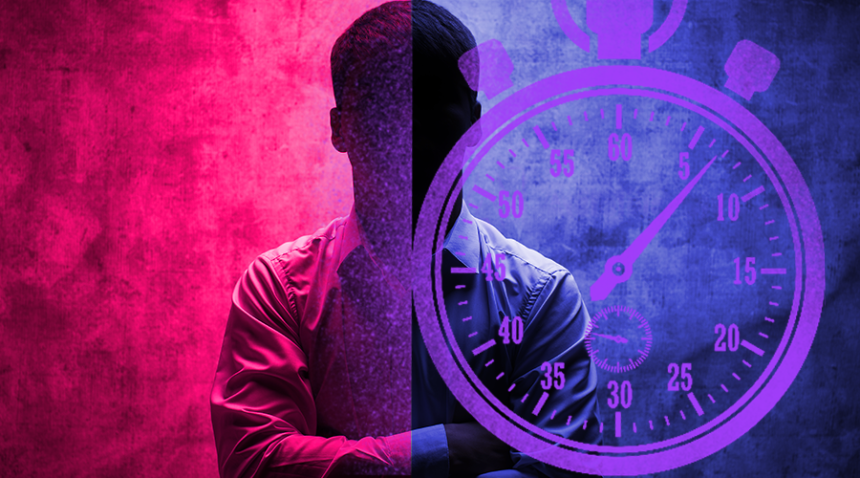Each year there are more than 700,000 strokes in the United States.* A stroke occurs when blood flow to the brain is halted.
In the case of a stroke, every moment counts. Lack of blood causes brain cells to begin dying within minutes. Early recognition and treatment of a stroke is critical to minimize damage. Strokes are the leading cause of serious long-term disability.
Are you at risk? Take our free StrokeAware Risk Screening to find out.
Recognize the warning signs
Because early recognition of a stroke is essential to help save lives, it is important to know the signs that a stroke may be occurring:
- Sudden numbness or weakness of the face, arm or leg (especially on one side of the body)
- Sudden confusion, trouble speaking or understanding speech
- Sudden trouble seeing in one or both eyes
- Sudden trouble walking, dizziness, loss of balance or coordination
- Sudden severe headache with no known cause
If you suspect a stroke, call 911 as soon as possible. Emergency teams are prepared to help those suffering from stroke.
Rehabilitation after a stroke: Damage from strokes can vary, causing mild to severe disabilities affecting multiple areas of the body. There are different therapy techniques to help stroke patients relearn skills.
Movement control and pain or difficulty with the senses: Strokes can cause a range of muscle or nerve impairments from muscle weakness to paralysis. Exercises with physical and occupational therapists can help strengthen and stretch muscles.
Language, memory and thinking: Often those who have suffered a stroke have difficulty forming coherent sentences, and need help learning to communicate effectively. There can also be challenges with memory and other thinking processes. Speech and language therapists can help stroke victims learn to communicate clearly again as well as improve memory.
Emotional health: Stroke can often have a noticeable effect on behavior or judgment. Stroke sufferers can experience feelings of anxiety, fear or depression, as well as frustration stemming from a slow and difficult recovery. Open communication with the health care team about emotional health problems is essential to any recovery plan. Help can come from professional sources such as doctors and counselors, as well as from family, friends and patient support groups.
* Source: National Institute of Neurological Disorders and Stroke, www.ninds.nih.gov.

